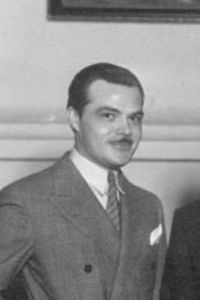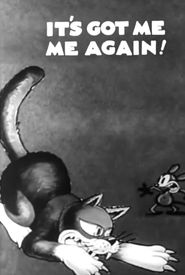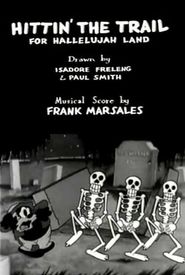Hugh Harman and Rudy Ising, two pioneers in the animation industry, were recruited by Walt Disney in the early 1920s, along with other talented artists, to work in Hollywood.
They had previously helped develop Oswald the Lucky Rabbit, a character similar to Felix the Cat, with extended ears. However, in 1929, the duo parted ways with Disney to create Bosko the Talk-Ink Kid, a character based on minstrel characters and resembling Felix the Cat in a derby hat.
Their pilot for the first-ever talkie cartoon was sold to Leon Schlesinger, who then got Warner Brothers to sign a contract to produce cartoons. Sinkin' in the Bathtub, released in 1930, marked the beginning of the Looney Tunes series.
The Bosko animations typically ended with the phrase "That's all, folks!", which later became Porky Pig's signature catchphrase. At Warner Brothers, Harman focused on the Looney Tunes output, while Ising worked on the Merry Melodies cartoons, which featured more musical content.
The first Merry Melodies cartoon was Lady, Play Your Mandolin! released in 1931. In 1933, Harman and Ising left Warner Brothers due to financial disagreements with Schlesinger and joined MGM.
There, they created the sleepy Barney Bear, a precursor to Yogi Bear, reportedly based on Ising himself. They also brought the Bosko character with them to become part of MGM's Technicolor Happy Harmonies, along with a new creation, Little Cheeser.
However, disputes over money led the duo to part ways once again. By 1940, Harman and Ising went their separate ways, with Ising winning an Oscar for The Milky Way, a cartoon featuring three kittens in space.
During World War II, Ising produced training films as the head of the animation department of the Army Air Forces movie unit. After the war, he left animation to work in advertising before retiring in the early 1970s.
Rudy Ising's biography is marked by his contributions to the development of Looney Tunes and Merry Melodies, as well as his work on the Happy Harmonies series at MGM.























































